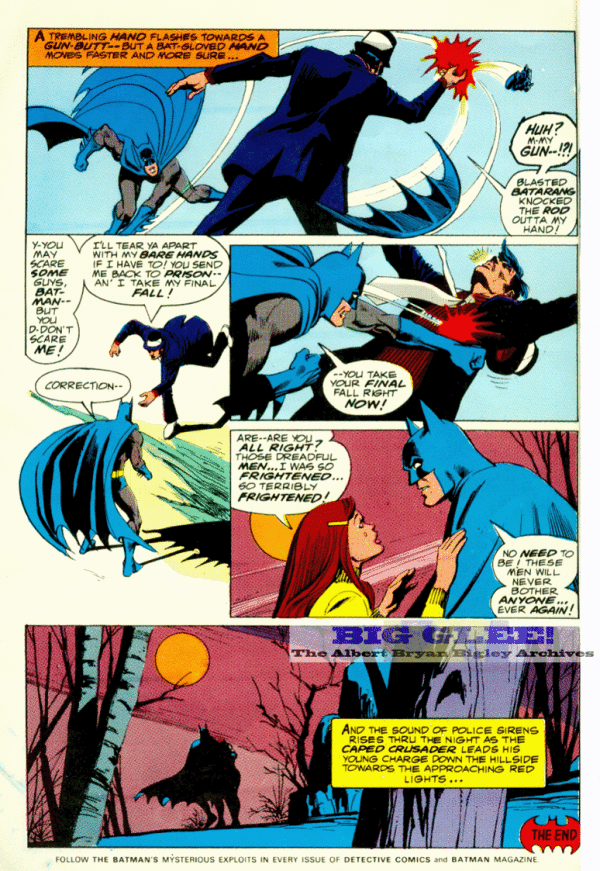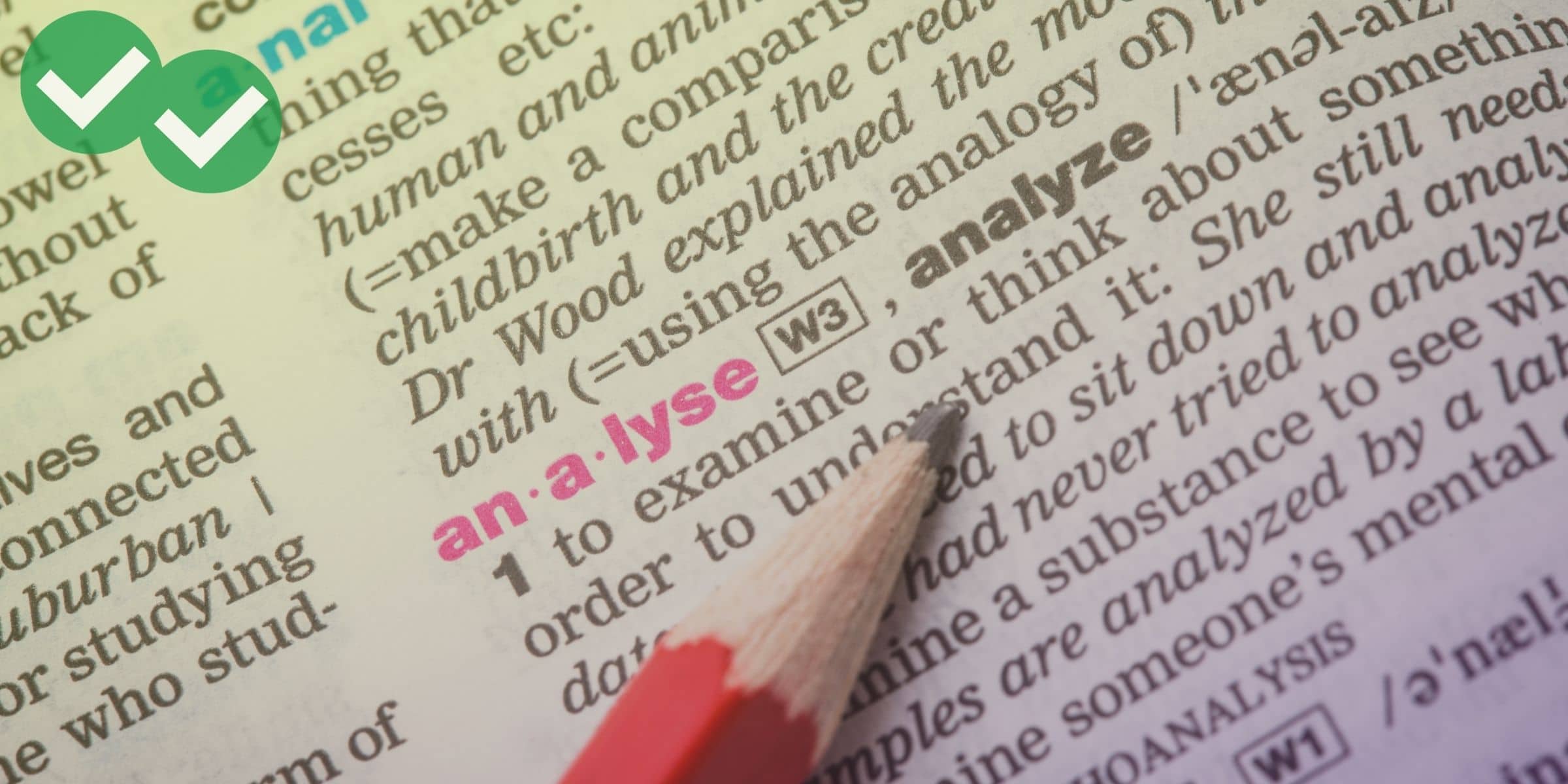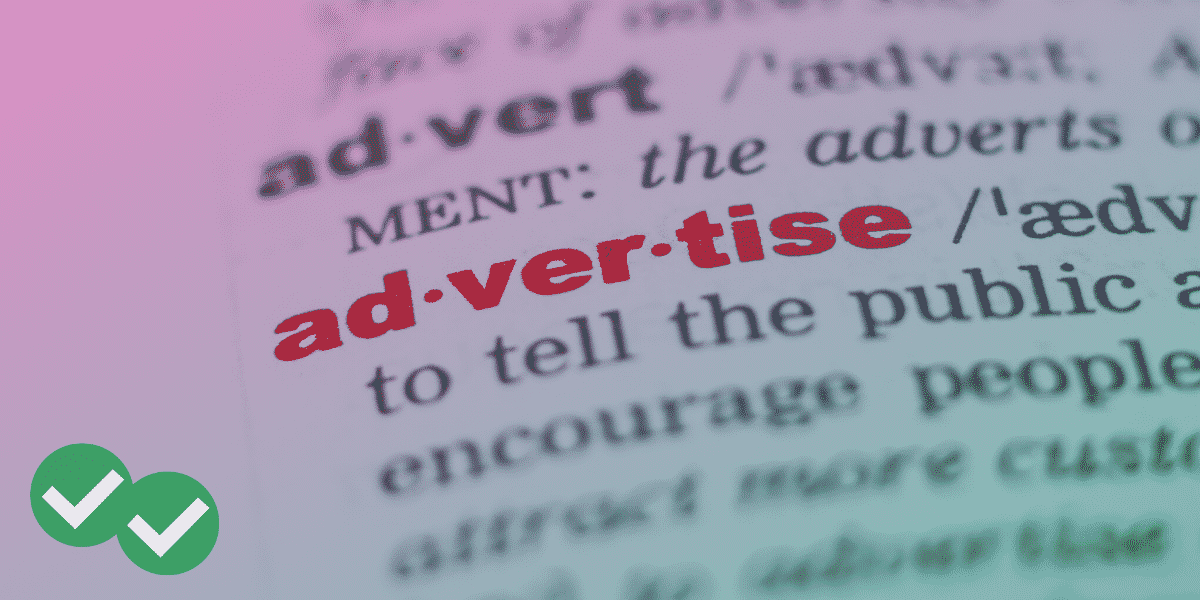Spoken English can be a little tricky. It’s a lot more “messy” than the carefully written, rule-oriented academic reading material you might normally see. English speech really is quite informal—the regular speech of everyday people is full of idioms and colloquialisms you might not hear in any other form of English.
Obviously, the very best way to learn informal English speech is to hear it and—if possible—actively use it in conversations with native English speakers. But if you’re currently living in a non-English speaking country, your chances to hear and use spoken English can be limited.
One way to get an extra boost in your spoken English abilities is to read certain comic strips. Cartoonists often try to capture the sound and feel of informal English speech in their work. Cartoon characters use a lot of idioms and colloquial speech. And some comics also try to capture the actual phonetic sound of spoken English.
Colloquial speech can be found in early any comic. For instance in this Pickles comic strip, one of the characters uses the colloquial phrase “nosy busybody,” which means “someone who doesn’t respect other people’s privacy.”

And then there’s this Calvin and Hobbes comic strip where Calvin gets a haircut and talks about “the side (someone’s) bread is buttered on”—this informal spoken term is an idiom that means “the people or ideas a person is loyal to.” The strip also includes the word “ma’am,” a polite way of addressing a woman in spoken English.

Just as importantly, many comics creators also make an effort to capture the sound of speech in the written words their characters say. Because the spelling rules of English don’t really provide for the sound of colloquial dialogue, the creators of comic books and strips can get very creative with the written speech of their characters. There’s a lot of use of apostrophes, contracted forms, phonetic spellings of words, and visual changes to the size, darkness and appearance of the letters in words.
To learn how English speech can sound as you read comics, you need to but on what you imagine these creatively-written words would sound like. Try sounding out the words as they appear on the page. One great comic book series to do this with is Bone. Let’s look at a page from the first issue of this comic:

Here, we see words and phrases spelled phonetically, so that if you read them out loud, you’ll make the sound of actual speech. The final sound at the end of some of the words is dropped and replaced by an apostrophe, as seen with th’ (“the” with the ending vowel sound dropped) and ol’ (“old” with the ending “d” sound omitted). This gives you a sense of the sound of real spoken English, where it’s very common for a final sound at the end of a word to be dropped and not pronounced. You can also see the phrase “out of” spelled as “outta,” re-creating the way that English speakers let the two words in this phrasal preposition run together and sound like a single word.
But the lesson in the sound of speech doesn’t end there. The characters’ words get bigger or smaller, appear in bold type or regular type, and are sometimes written by hand in a very scratchy way. (You can see this “scratch writing” in much of the dialogue within the second, third and fourth panels on the Bone page above.) And sometimes the outline around the word balloon gets very uneven, almost as if the character’s vocal cords are shaking and exploding with sound. This gives clues to how the tone of the speech might sound in this example page—shaky, emotional, and loud.
There are plenty of comics that use all of the features seen in Pickles, Calvin and Hobbes, and Bone above: colloquial phrases, phonetic writing, and a change to the “look” of written words to show there’s a change in the tone and pitch of someone’s voice. This Batman comic book page, for instance, combines all of these features:

So as you read comics, think about the unique words and phrases you see—language normally found in speech rather than writing. And think about what the words would sound like if they were really being spoken out loud. What sounds are changed from the proper “academic” pronunciation of the word? What would a character’s voice sound like, based on the visual appearance of the words as well as the character’s face expression and body language? The rich fantasy world of comics can really help bring the experience of spoken English into your home and into your mind, no matter where you live in the world.





